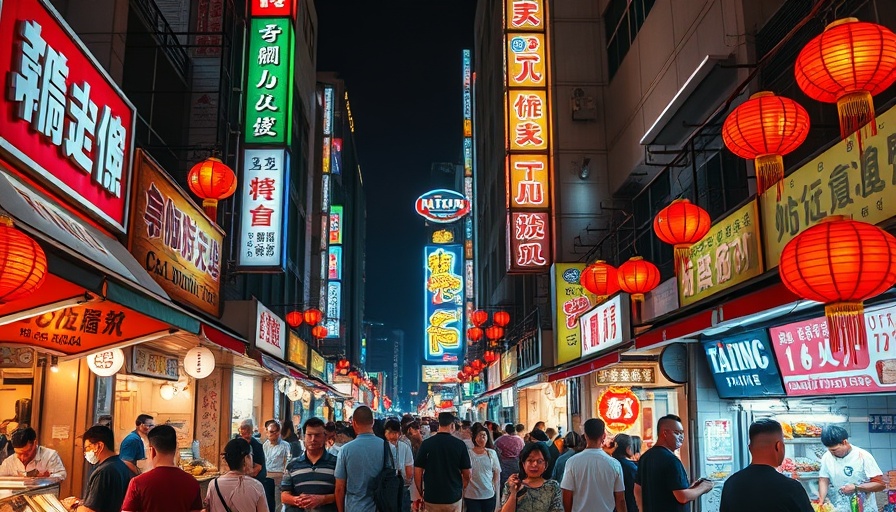
Indulging in Taipei’s Night Markets
Taipei’s night markets are not just a place to grab a bite; they are the lifeblood of the city’s vibrant food culture. This bustling scene thrives on the interaction between locals and travelers, inviting everyone to partake in an unforgettable culinary adventure. When the sun sets, an array of stalls emerge, each corner teeming with tantalizing aromas and the excitement of flavor discovery.
Ideal Financial Preparation
Before diving into this food paradise, prepare your wallet! Cash is king at night markets, where small denomination bills make transactions quick and stress-free. Vendors, mostly family-run, appreciate the ease of smaller notes. Coming equipped with plenty of NT$100 bills will keep the experience welcoming and efficient. Haggling is largely unnecessary here, a refreshing contrast to many markets worldwide, allowing visitors to enjoy the experience without the pressure of bargaining.
Must-Try Delicacies
The culinary offerings are broad and beckon all food lovers. Start with the legendary beef noodle soup, celebrated for its rich broth and tender beef chunks. Bubble tea is another quintessential treat, famous for its comforting tapioca pearls that provide texture in every sip. Don’t miss the refreshing mango shaved ice, a perfect remedy for Taiwan's warmer evenings, or flame-grilled corn, a guaranteed crowd-pleaser! Seafood aficionados will be in bliss with fresh grilled oysters and calamari, while those craving something heartier will find a treasure trove of pork dishes.
Exploring Night Markets: A Cultural Journey
Among the many markets, it’s hard to narrow down where to spend your evenings. Each night market has its own charm and specialty dishes, from the popular Shilin Night Market to the more local and intimate Raohe Street Night Market. Each step through these markets is a glimpse into Taiwan’s rich culinary traditions—a journey blending taste, community, and the vibrant pulse of nightlife.
Your Night Market Checklist
If you're planning a visit, make sure to arrive hungry and ready to explore. Chew on everything your heart desires, breaking out of traditional eating norms and truly savoring the moment. For anyone seeking an authentic taste of Taiwan, Taipei’s night markets are an essential stop that tantalizes more than just the palate.
 Add Row
Add Row  Add
Add 




Write A Comment